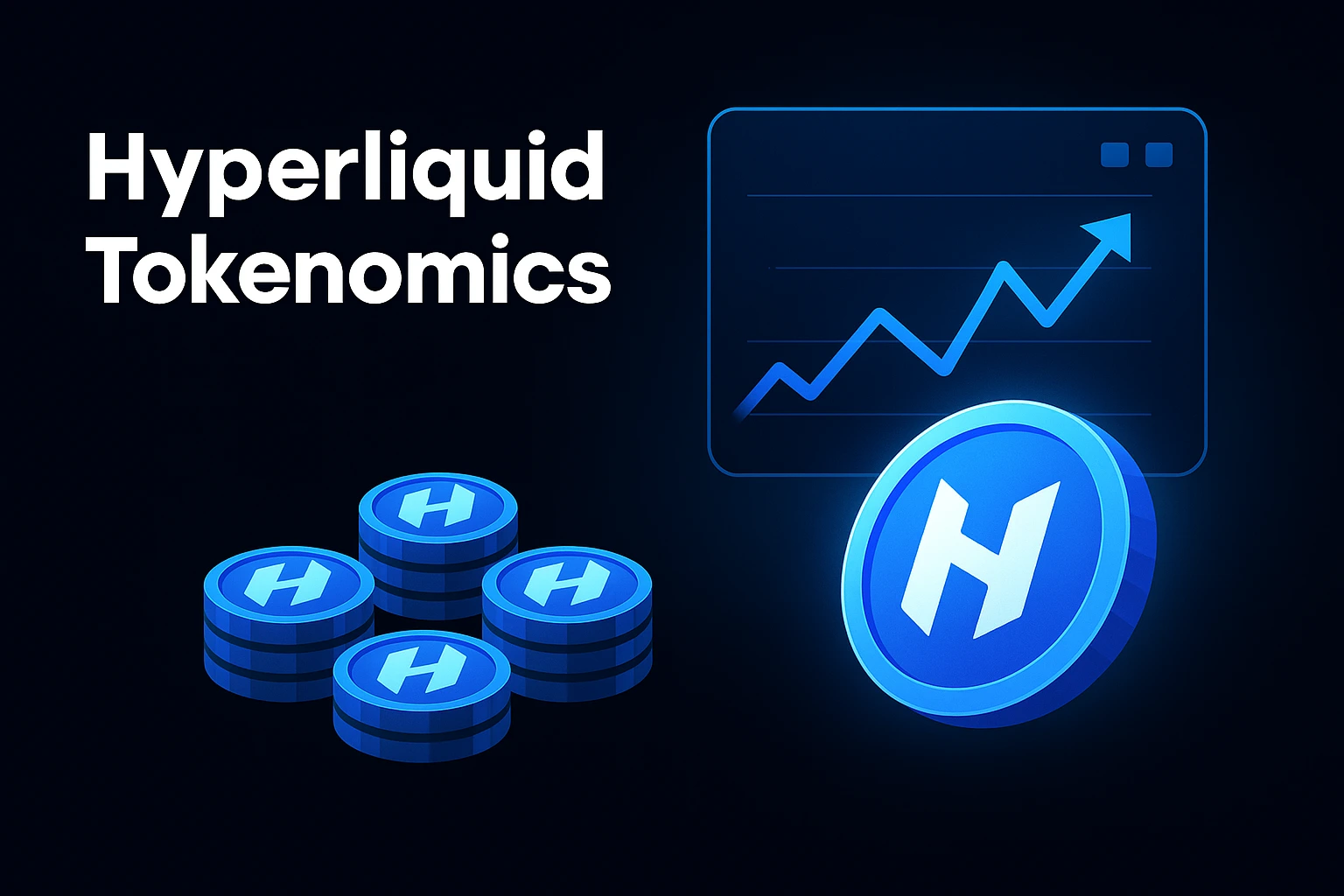Hyperliquid has emerged as the undisputed leader in decentralized perpetual futures trading, capturing an impressive 78.8% market share of total DEX futures volume according to recent data. With over $1 trillion in perpetual trading volume achieved and monthly volumes exceeding $175 billion, this Layer-1 blockchain platform is fundamentally changing how we think about decentralized derivatives trading.
The secret behind Hyperliquid’s meteoric rise isn’t just its technical performance – it’s the carefully crafted tokenomics structure that has created a sustainable ecosystem for traders, validators, and long-term holders alike.
Understanding Hyperliquid’s Revolutionary Token Model
The HYPE Token Foundation
Hyperliquid tokenomics centers around the HYPE token, which serves multiple critical functions within the ecosystem. Unlike traditional DeFi protocols that often struggle with token utility, HYPE has been designed with clear value accrual mechanisms that directly tie to platform usage and growth.
The token operates on three primary pillars:
- Governance rights for protocol decisions
- Staking rewards for network validators
- Deflationary burn mechanism tied to trading activity
What makes this particularly compelling is the organic demand generation. As Hyperliquid’s 24h trading volume reaches $5.7 billion, the increased activity directly benefits token holders through the burn mechanism and fee distribution.
Community-First Distribution Strategy
One of the most remarkable aspects of Hyperliquid tokenomics is its community-centric approach. The protocol emphasizes community-driven growth, avoiding allocations to venture capitalists or centralized exchanges. This decision has profound implications for long-term sustainability and decentralization.
The November 2024 airdrop distributed HYPE tokens to nearly 100,000 eligible users, creating one of the largest organic token distributions in DeFi history. This approach has fostered genuine community ownership rather than extractive tokenomics common in VC-backed projects.
Market Performance and Statistical Analysis
Trading Volume Dominance
The numbers speak for themselves when it comes to Hyperliquid’s market position. Data from DeFiLlama shows that while the total volume of perpetual futures sits above $7.8 billion, Hyperliquid alone accounts for $4.765 billion of that in 24-hour volume.
This market dominance translates directly into tokenomics benefits:
| Metric | Value | Impact on Tokenomics |
|---|---|---|
| Market Share | 78.8% of DEX perp volume | Higher burn rate, more fee distribution |
| 24h Volume | $5.7 billion | Increased token utility demand |
| Open Interest | $7.04 billion | Sustained platform engagement |
| Monthly Growth | 25.3x increase in 2024 | Accelerated token value accrual |
Price Performance and Market Cap
The live Hyperliquid price today is $34.86 USD with a 24-hour trading volume of $294,876,318.56 USD. More importantly, HYPE token has surged past $10 billion market cap, positioning it among the top crypto assets by valuation.
This price appreciation isn’t purely speculative – it reflects the underlying value creation from the platform’s tokenomics design.
Deflationary Mechanics: The Burn Revolution
How the Burn Mechanism Works
HYPE token supports governance, staking, and a deflationary model, with a burn mechanism reducing supply by about 26% annually. This creates a powerful deflationary pressure that benefits all token holders as trading volume increases.
The burn mechanism operates through several channels:
- Transaction fees from perpetual futures trades
- Liquidation penalties
- Market maker rebates redistribution
- Protocol revenue sharing
Long-term Supply Dynamics
With approximately 26% of the token supply being burned annually, Hyperliquid has created one of the most aggressive deflationary models in DeFi. This isn’t just a marketing gimmick – it’s a fundamental shift toward sustainable tokenomics that reward network usage rather than speculation.
Consider the mathematical implications: if trading volume continues growing at current rates, the burn rate could accelerate, creating an even more deflationary environment.
Technical Infrastructure Supporting Tokenomics
HyperBFT Consensus and Performance
Hyperliquid runs on a custom Layer-1 blockchain using HyperBFT consensus, enabling the high-performance trading that makes the tokenomics viable. Traditional blockchains couldn’t support the transaction throughput required for meaningful fee generation and burns.
The technical architecture directly supports the tokenomics model by:
- Enabling high-frequency trading without network congestion
- Maintaining low transaction costs that don’t eliminate burn effectiveness
- Supporting complex financial primitives required for advanced perp trading
HyperEVM Integration
Hyperliquid is preparing to enhance its ecosystem further with the launch of its Ethereum Virtual Machine (EVM) integration, HyperEVM, currently in its testnet phase. This development will expand the utility of HYPE tokens beyond just perpetual futures trading.
The EVM integration opens new tokenomics opportunities:
- Smart contract deployment fees
- DApp ecosystem revenue sharing
- Cross-chain bridge mechanics
- Expanded burn mechanisms from diverse applications
Comparative Analysis: Hyperliquid vs Traditional DEX Models
Fee Structure Comparison
Traditional AMM-based DEXs rely primarily on trading fees distributed to liquidity providers. Hyperliquid’s model is fundamentally different:
Traditional DEX Model:
- Fees go to liquidity providers
- Token holders receive limited direct value
- Governance often lacks meaningful utility
Hyperliquid Model:
- Fees contribute to token burns
- Staking rewards for validators
- Active governance over protocol parameters
- Direct correlation between usage and token value
Sustainability Metrics
The sustainability of any tokenomics model depends on its ability to generate real value rather than relying on constant token issuance. Hyperliquid’s metrics suggest strong sustainability:
- Revenue generation from actual trading activity
- Organic user growth without artificial incentives
- Deflationary pressure reducing token supply
- Technical moat protecting market position
Risk Assessment and Challenges
Market Concentration Risk
While Hyperliquid’s dominance is impressive, it also presents risks. Heavy concentration in perpetual futures trading makes the protocol vulnerable to:
- Regulatory changes affecting derivatives trading
- Competition from established centralized exchanges
- Market cycle downturns reducing trading volume
Technical and Operational Risks
As a Layer-1 blockchain, Hyperliquid faces unique challenges:
- Network security and validator incentives
- Scaling challenges as volume grows
- Smart contract risks with HyperEVM launch
- Bridge security for cross-chain operations
Future Implications for DeFi
Setting New Standards
Hyperliquid’s tokenomics success is already influencing other protocols. The combination of:
- Meaningful token utility
- Deflationary mechanics
- Community-first distribution
- Performance-based value accrual
This model provides a blueprint for sustainable DeFi tokenomics that other projects are beginning to adopt.
Ecosystem Development
With the HyperEVM, the performant liquidity and financial primitives of HyperCore are available as permissionless building blocks for all users and builders. This expansion could multiply the tokenomics benefits as more applications build on the platform.
Frequently Asked Questions
What makes Hyperliquid tokenomics different from other DeFi protocols?
Hyperliquid tokenomics differs through its aggressive deflationary burn mechanism (26% annually), community-first distribution avoiding VC allocations, and direct correlation between trading volume and token value through fee burns.
How does the HYPE token burn mechanism work?
The burn mechanism uses trading fees, liquidation penalties, and protocol revenue to permanently remove HYPE tokens from circulation. With current trading volumes exceeding $5 billion daily, this creates substantial deflationary pressure.
Is Hyperliquid tokenomics sustainable long-term?
The model’s sustainability stems from real revenue generation through trading activity rather than token inflation. With 78.8% market share in DEX perpetual futures and growing volume, the fundamentals support long-term sustainability.
What are the risks of investing in HYPE tokens?
Key risks include market concentration in perpetual futures, regulatory uncertainty for derivatives trading, technical risks as a Layer-1 blockchain, and competition from established centralized exchanges.
How does HyperEVM affect HYPE tokenomics?
HyperEVM expands token utility beyond perpetual trading to include smart contract fees, DApp ecosystem revenue, and additional burn mechanisms, potentially accelerating the deflationary model.
Conclusion
Hyperliquid tokenomics represents a paradigm shift in how decentralized finance protocols create and distribute value. By aligning token mechanics with actual platform usage and eliminating extractive elements common in traditional DeFi, the protocol has created a sustainable model that benefits all stakeholders.
The combination of market-leading performance, innovative deflationary mechanics, and community-first approach positions Hyperliquid as more than just another DeFi protocol – it’s a blueprint for the future of decentralized finance tokenomics.
As the platform continues expanding with HyperEVM and growing its ecosystem, the tokenomics model will likely evolve and potentially become even more deflationary. For traders, investors, and DeFi enthusiasts, understanding these mechanics isn’t just about one protocol – it’s about recognizing the future direction of sustainable tokenomics design.
The success of Hyperliquid proves that well-designed tokenomics, combined with superior technical execution, can create genuine value rather than relying on speculative mechanics. This approach is reshaping not just perpetual futures trading, but the entire landscape of decentralized finance.

